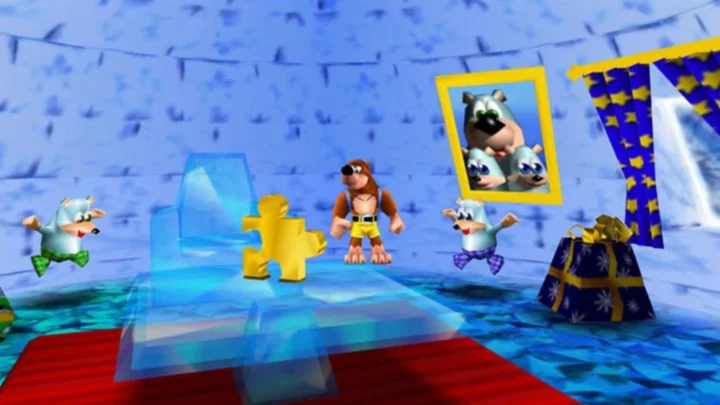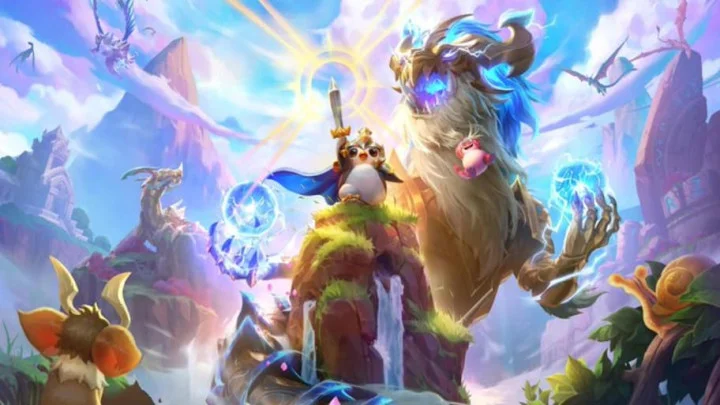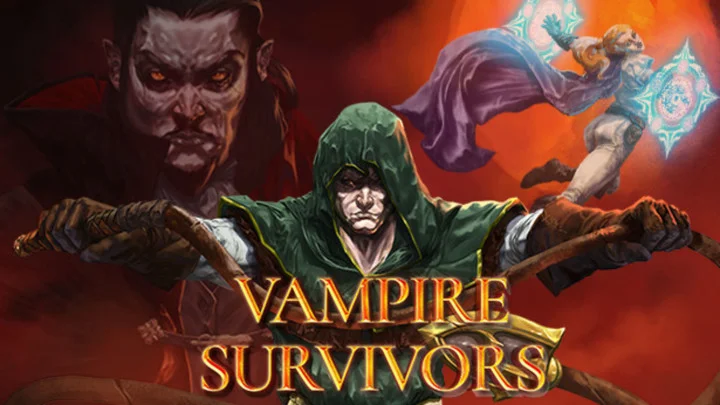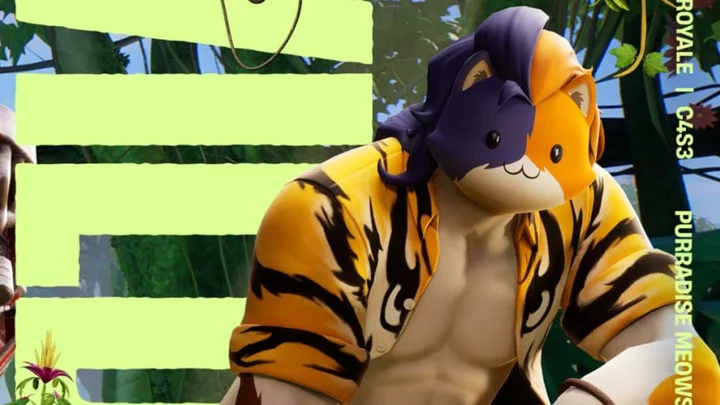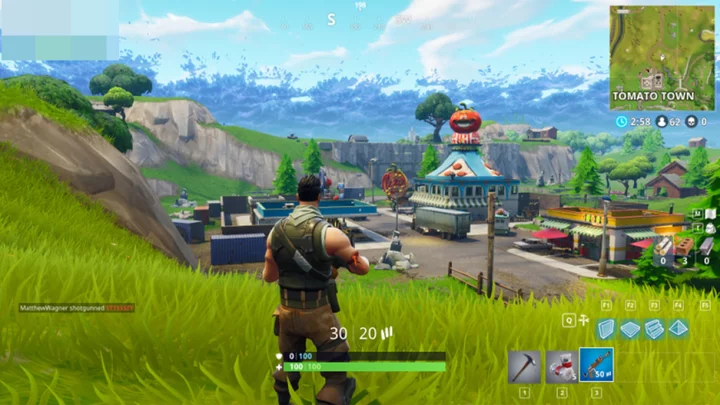Even the most demanding creative fields can have low barriers to entry. For instance, you don’t need to know how to use photo editing or video editing software to take a picture or shoot a movie on your phone. Humanity wrote brilliant literature with paper, ink, and feathers for hundreds of years before word processors. But what about video games, the most modern artistic medium?
Today, you have more options than ever for pursuing a career in game development or sharpening your skills beyond modding new Doom WAD files. Every year, new generations of developers graduate from game design schools, such as DePaul, DigiPen, Full Sail, and NYU Game Center. Still, you can teach yourself with consumer video game development software. These are our top picks for getting started.
Getting Started With Game Development Software
The programs we looked at here let you create fully functional titles from scratch. Although you may learn plenty about creativity and game design from games and products like Baba Is You, Dreams, Human Resource Machine, Lego Mindstorms, Levelhead, LittleBigPlanet, Minecraft, Nintendo Labo, Roblox, or Super Mario Maker, they aren’t included in this list. They don’t let you create wholly original work, and their interfaces are just a little too far removed from the real coding required to develop real games. That said, plenty of games turn coding concepts into fun puzzles, and playing good video games can spark your imagination for your own projects
We also didn’t include robust engines, the game-making software behind visual powerhouses like Crysis and Doom, that primarily target professional game developers at indie studios, as well as large companies. Not only are these programs typically more expensive, but they assume a baseline knowledge level that many people lack. Plus, many studios create and use proprietary engines exclusively for themselves, even after third-party rivals surpass their technology. Bethesda's engines and EA's Frostbite come to mind.
(Credit: Core)The programs featured in this story walk you through the process of making a game. Once you feel confident in your skills, feel free to try other popular engines. Unity is free with a Personal License. The ubiquitous Unreal Engine currently costs nothing and you can check out a developer marketplace through the Epic Games Store.
Finally, we focused on game-making software that lets you create a wide variety of titles rather than a specific niche. If you only care about dating sims, fighting games, RPGs, esoteric text adventures, shoot 'em ups, or machinima movies, check out Ren’Py, Mugen, RPG Maker, Inform 7, Shooting Game Builder, or Valve's Source Filmmaker, respectively. We highlight Inklewriter and Twine because those programs easily let you make a surprisingly varied amount of games in the interactive fiction format.
(Credit: Twine)What Kinds of Games Can You Make?
Most products in this roundup specialize in 2D game creation. For 3D development, you need a more powerful tool. Still, developers have used these engines to create everything from side-scrolling platformers to top-down shooters based on Netflix movies to the highly influential indie RPG Undertale. If you grew up playing online Flash games on sites like Kongregate and Newgrounds, you’ll recognize the look and feel of these games.
However, not all engines are created equal. AppGameKit Studio, Core, Game Builder Garage, and Godot are capable 3D engines. GameMaker and Fuze4 offer limited support for 3D graphics. Stencyl lets you use a controller plugged into your computer, but you can’t add multiplayer to your projects. Core's games can only be played within Core's social PC ecosystem. Fuze4 and Game Builder Garage lock all of your projects to the Nintendo Switch. Every other tool lets you publish to the web via HTML5. Construct, Inklewriter, and Twine run in a web browser. Most subscriptions also offer tiers to publish PC games and mobile games with in-app purchase options.
As for consoles, only GameMaker sells licenses for Nintendo Switch, PlayStation 4, and Xbox One. GameMaker also recently added full support for the PlayStation 5 and Xbox Series X/S. With other software, you'll need a third-party solution to port to consoles, or be prepared to do hard, expensive, and technical porting work yourself.
PlayStation 5 vs. Xbox Series X: Next-Gen Consoles Face off This HolidayWhat Does Game Development Software Cost?
Pricing varies depending on what software you pick. Godot, Inklewriter, and Twine are completely free. Core is free to play, but you can buy optional cosmetics and credits. Fuze4 costs $20, but you own it forever. The same goes for Game Builder Garage, which costs $30. Construct and Stencyl offer free versions, but you need to pay at least $99 per year to fully take advantage of their features and sell your games for money. AppGameKit Studio sells a $99 base version, alongside optional DLC add-ons. GameMaker has a 30-day free trial, a $99 permanent license, as well as a $1,500 annual subscription for selling your creations on consoles. That price, while unavoidably high, may be worth it to gain access to the large and lucrative console audience.
Note that these are all standard, individual prices. Pricing can also change if you’re a company making more than a certain amount of money, or an educator looking to teach game development in the classroom. Teachers should also consider researching services just for them. Youth Digital, once an Editors’ Choice for coding classes with a focus on game design, has now become the digital curriculum Apex Learning. Even if you’re an adult, online learning services, in general, may nicely supplement your game development education.
(Credit: Twine)Learn to Code
If you want to become a serious game developer, eventually you should learn how to code. Video games consist of wonderful art, smooth animations, catchy music, and clever gameplay systems created by talented individuals, but it’s code that binds them together. Learning code is tough, though, so what makes these programs especially convenient for consumers is how they ease you into the coding process, or make it fully optional.
With Twine, you only need to code if you want to make your game prettier or more complex by editing JavaScript or CSS. The same goes for Inklewriter, although you can take advantage of its open-source language or export your project to Unity for more advanced development. Construct, Core, Game Builder Garage, GameMaker, Godot, and Stencyl turn their code into easily understandable visual languages. Instead of writing in a specific syntax, you add object properties and modify their behaviors, as well as create events that tell the game what to do under certain conditions. Everything is just an if/then statement. If you press a button, then the character jumps. If you touch an enemy, then you die.
(Credit: Stencyl)Heavily emphasizing a visual language makes game development much more accessible for non-technical users. At their best, visual languages weave in more complicated concepts (such as collision masks, frame rate, and variables) that help you better transition into proper coding, and set you up for success as you take your potential professional career more seriously. These programs also let you write your own code from scratch if you want more control from the start. AppGameKit Studio and Fuze4 force you to write in code, with no visual language option. With Fuze4, you'll need to connect a keyboard to your Nintendo Switch to avoid the annoyances of typing on its touch screen, a problem you'll also run into with AppGameKit's otherwise convenient mobile companion app.
By making coding simpler, these programs also free you up to focus on other vital, creative elements of game design. Use built-in image editors to draw sprites, animate them, and arrange them on the levels you build from tilesets. Synthesize your own sound effects or import music files. You’ll get deeply invested in your game much faster once you have a sense of ownership over it, and custom handmade sounds and visuals provide a more personal stamp than sterile code.
(Credit: Fuze4)The Game Development Community
What good is art if you don’t share it with people? These engines aren’t just tools, they’re jumping-off points for users to share knowledge and resources. These programs provide helpful documentation on how to get started. Once you’ve mastered the tutorials, look to the community, on forums or through online videos, for tips on how to improve your projects.
Twine creators love swapping tricks on how to take stories to the next level. Game Builder Garage lets you share games with friends online. Fuze4 lets you download new games from strangers through the online portal. AppGameKit Studio's DLC add-ons include demo games. Construct, Core, GameMaker, Godot, and Stencyl feature community marketplaces where you can purchase or freely download graphics, sound effects, game demos, useful code, and other assets to speed your development. You don’t have to limit yourself to one store or another. Indie game store itch.io also sells plenty of assets.
Why You Should Game on a PCBecome a Video Game Developer
There’s nothing wrong with simply being a fan of video games. Still, making a video game yourself will give you a greater appreciation for the hard work that goes into the wonderful video games you play. Our top picks for consumer video game development software give you the skills and tools you need to get started on your journey to become the next Amy Hennig, Shigeru Miyamoto, or Gabe Newell.
Once your game is done, sell it to the masses using a PC gaming marketplace. Then, let an influencer give it attention via a video game live streaming service.



